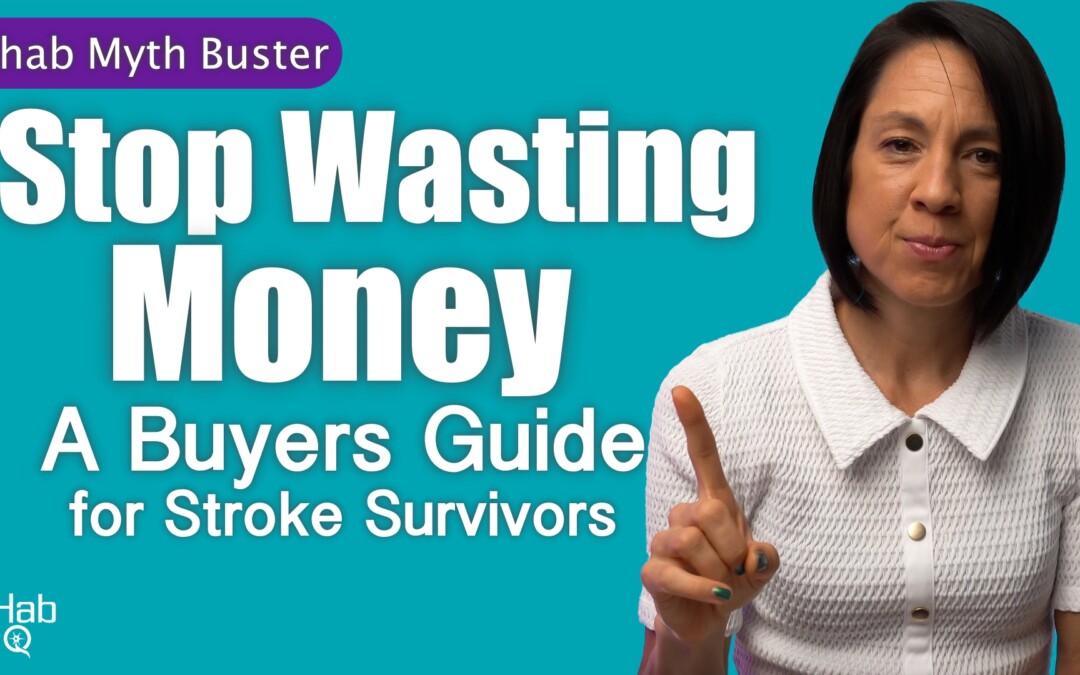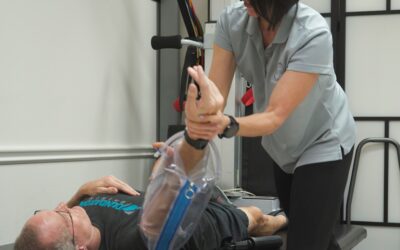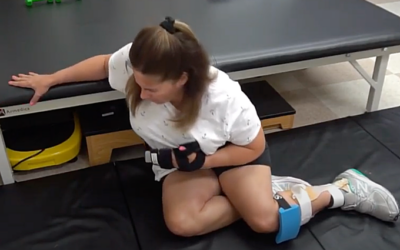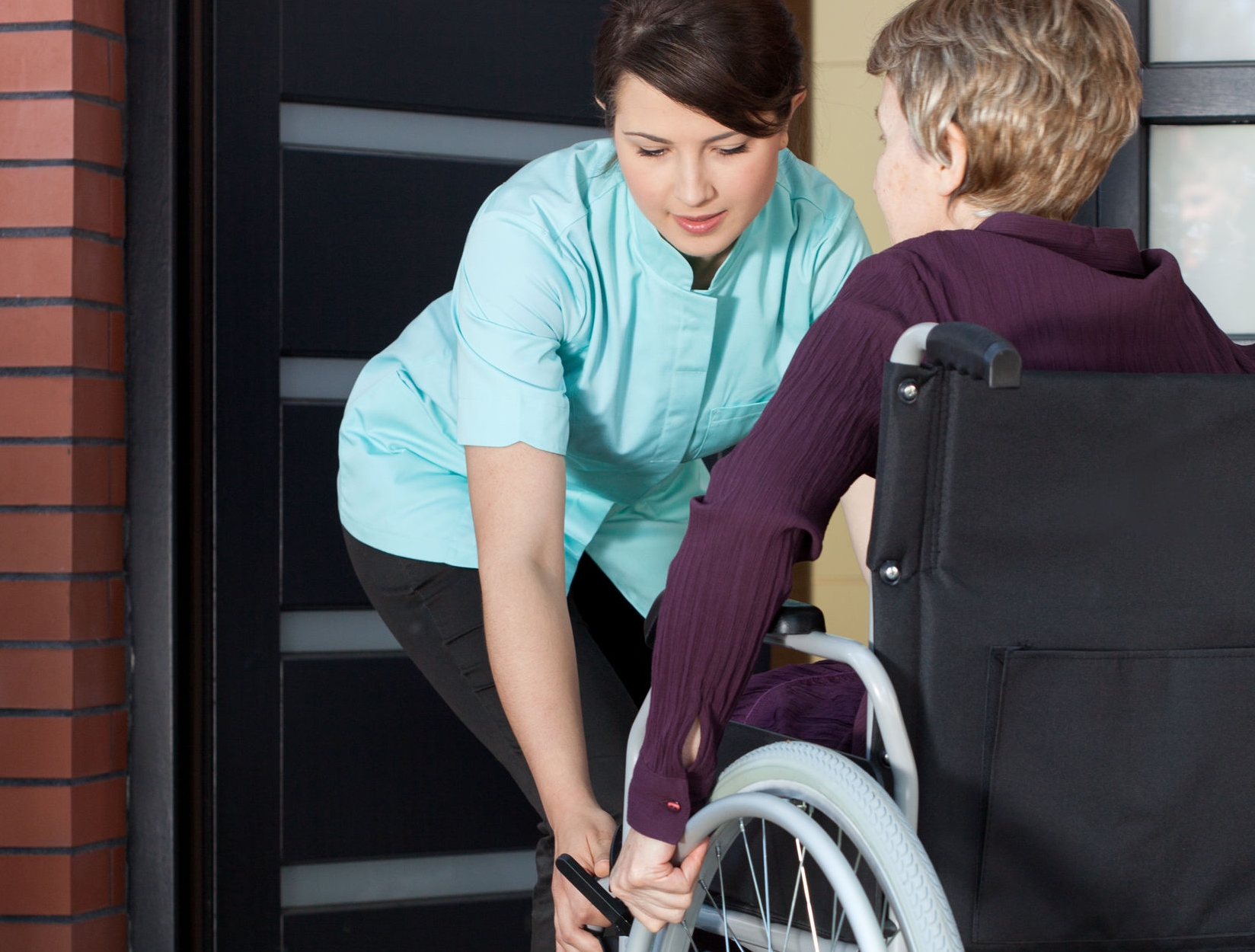Are Trendy Rehab Treatments and Devices Worth It? Here’s My Honest Take
Should you be spending your hard-earned money on all those rehab devices popping up in your social media feed?
And if so, which one is actually worth it?
The truth? There are way too many gadgets and “miracle” tools out there for me (or anyone) to test them all. But honestly, a tool is just a tool. No one device is magic. What really matters is how you use it and whether it fits into the foundation of your recovery.
So instead of reviewing every new thing out there, I want to give you a simple 4-point checklist you can use to decide if a device is actually worth your time and money.
✅ 1. It Should Never Replace Movement Retraining
If you remember one thing, make it this: the brain rewires through movement.
No injection, no red light, no fancy chamber can replace that. You’ve got to do the reps.
Even if tomorrow someone invented an instant “brain repair” injection, you’d still need to retrain those neurons, kind of like rebooting an old computer and reinstalling the software. So if a device means less time for physical therapy, skip it.
✅ 2. The Risk Should Be Basically Zero
Be cautious with any intervention that changes your physiology, like oxygen chambers or stem cell injections.
Right now, there just aren’t a lot of large, high-quality studies in stroke rehab. So my rule of thumb is: if there’s no risk, and you have extra time, fine, try it. But if there’s any chance of harm, it’s not worth it.
And be careful where the study comes from. If the research was paid for or run by the company that makes the device, that’s a red flag.
✅ 3. It Shouldn’t Strain Your Finances
Here’s the deal, if you have to check your budget before buying a device, it’s not worth it. Recovery is already stressful. Don’t add financial pressure on top.
If you have the extra money and it checks the first two boxes, fine. But if buying a device means reworking your budget or stressing over bills, I’d say save your money.
There’s simply not enough evidence that any device alone can deliver major results.
✅ 4. Look for Independent Research
If a product claims to be “the best” or “a breakthrough,” but the only proof is glowing reviews from people selling it… pause. Real progress takes consistency, not shortcuts.
That doesn’t mean the product doesn’t work for anyone. Some people do see benefits. But if there’s no independent research, and all you’re seeing are testimonials, be careful.
If you decide to try something new, make sure you’re still doing your daily movement practice and tracking real progress. And if you stop improving, it might be time to move on.
The Four Pillars Before You Buy Anything
Before you even think about investing in gadgets, these four pillars have to be dialed in:
- Nutrition – Your brain needs clean fuel. If you’re eating ultra-processed foods, your body spends all its energy dealing with the junk instead of supporting brain repair.
- Movement – Get your heart rate up. More blood flow means more oxygen to the brain which means more efficient rewiring.
- Sleep – 7–9 hours of good, quality sleep lets your brain “clean house.”
- Mindset – Probably the hardest one, but it’s huge. You’ve got to accept where you are, focus on what you can do, and keep looking forward. The most successful patients I’ve seen are the ones who stay hopeful, even on tough days.
If those aren’t in place, no device in the world will make up for it.
Final Thoughts
I know how tempting it can be to hope for the one device that changes everything, but I promise you, the real magic is in consistency and repetition.
If you’re doing your therapy, taking care of your sleep, your body, and your mindset, that’s where the biggest changes happen.
And if you ever feel stuck or overwhelmed with what to focus on between therapy sessions, feel free to explore our Rehab HQ Membership Plans, to give you structure, community, and access to me and my team each month. You’ll get the same home exercises I give my in-person patients, along with Q&A sessions and monthly webinars to keep you moving forward.
👉 To learn more you can schedule a discovery call.
Keep showing up, keep doing the work, and remember, you don’t need fancy tools to make real progress.
Articles you may be interested in
What is Stroke Rehabilitation?
Most likely you or someone you know will require stroke rehabilitation in their lifetime. The fact is, 700,000 people suffer a stroke each year (in the US) and two-thirds will survive. Of those who survive, post-stroke rehabilitation is critical. What is Post-Stroke...
Stroke Walking Aide: Product Guide
Re-learning how to walk after a stroke can be challenging. And finding the best walking aid can be one of the most critical decisions when it comes to regaining your independence. But with so many different options on the market, how do you choose? Well, you are in...
Getting up from the floor: Advanced
Getting up from the floor is an invaluable skill to have in your mobility "toolbox". First, it offers peace of mind knowing that if you ever find yourself (unintentionally) on the floor, you could help yourself. Second, getting on the floor (and getting back...
Returning Home After a Stroke
So, you finally get the great news you have been waiting for. You are FINALLY returning home after your stroke. But is it? I mean, IS it good news? Am I ready to take care of myself? Can I take care of myself? If you...







